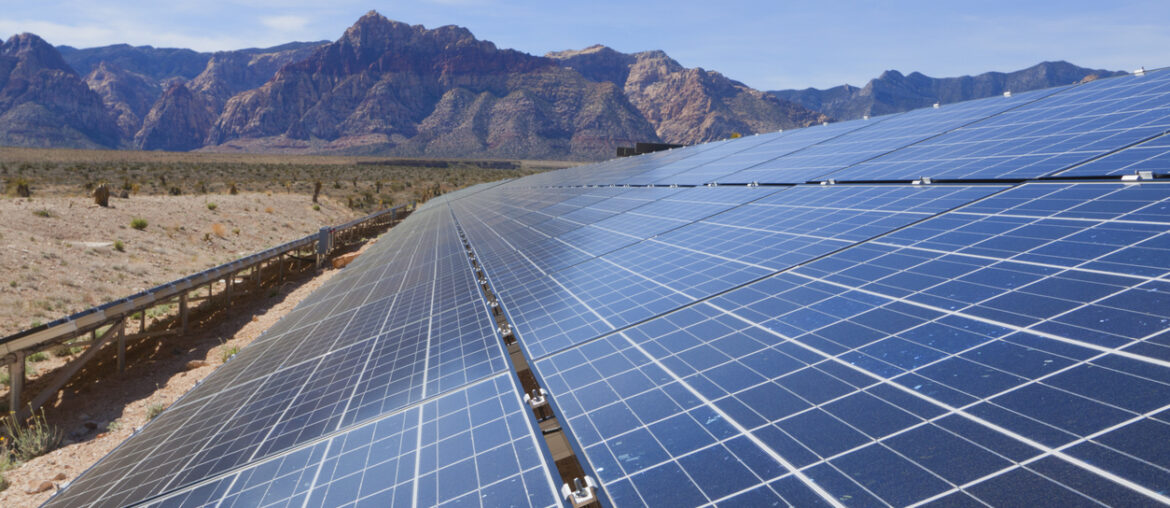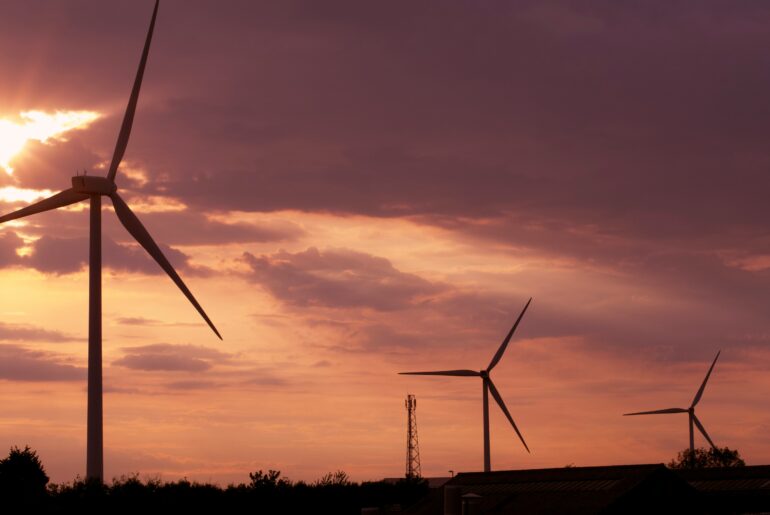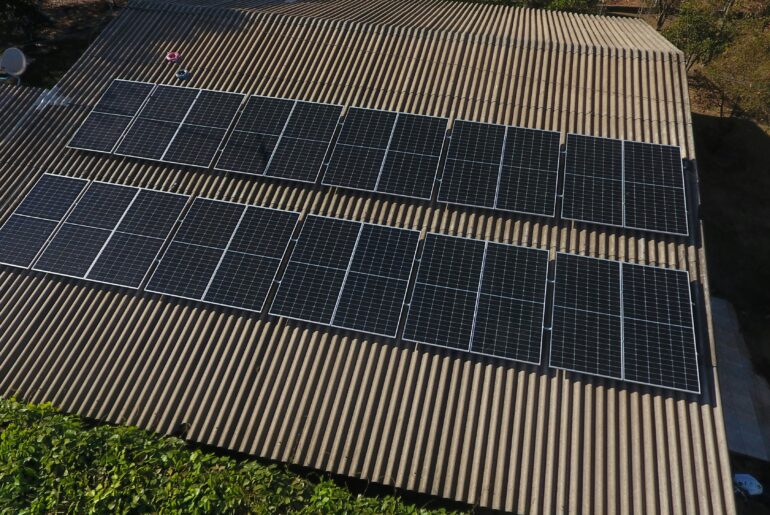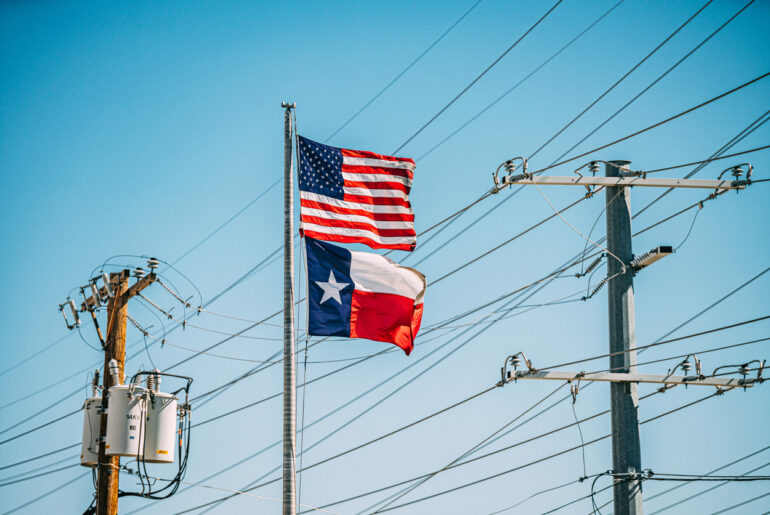The solar industry is at a turning point. With solar panel costs at historic lows and efficiency climbing, more and more homeowners and businesses are turning to solar energy. At the same time, federal tax incentives are fueling an energy boom that could reshape the nation’s power grid. But will these trends continue? Here’s what you need to know.
Solar Prices Have Fallen—Big Time
Solar panels are now 60% cheaper than they were in 2010, according to the National Renewable Energy Laboratory. Back then, residential solar installations cost about $8.70 per watt. Today, that number is closer to $3.00 per watt, making solar more accessible than ever, according to EnergySage, a trusted online marketplace for solar quotes and industry insights).
A recent report from EnergySage found that the average U.S. solar installation costs about $20,552 after federal tax credits. For homeowners, this means big savings. Many will save between $31,000 and $100,000 over 25 years. However, installation prices vary by state due to factors like local incentives and energy costs.
| It’s important to note that every home is different, and financial outcomes depend on many factors. This article is for general information only—not financial advice. If you’re considering solar, it’s always a good idea to do your own research and check with a tax professional to see what works best for your situation. |
Why Are Solar Panels More Efficient Now?
Not only are solar panels cheaper, but they’re also more powerful. A decade ago, panels had an efficiency rating of 15%—meaning they converted 15% of sunlight into electricity. Today’s models reach 22% efficiency or higher, thanks to advancements in solar technology. Some experimental designs are even approaching 40% efficiency, according to the Solar Energies Industries Association (SEIA).
These improvements come from better materials and smarter designs that allow panels to capture more sunlight and convert it into electricity more efficiently. This means homeowners can produce more energy with fewer panels and take up less roof space. But will prices continue to fall, or have we hit a plateau?
Will Solar Get Even Cheaper?
The future of solar prices depends on government policies, supply chains, and demand. Right now, federal clean energy tax credits are driving billions of dollars into domestic manufacturing and installation projects. According to the SEIA, without these incentives, clean energy deployment could fall by 237 GW over the next 15 years. That’s enough to power 36 million homes.
That’s why over 1,850 clean energy companies are actively lobbying Congress to keep these tax credits in place. Industry leaders argue that maintaining these incentives is critical to ensuring energy independence, lowering electricity costs, and creating thousands of new jobs.
“Federal energy tax credits are doing exactly what they were designed to do—creating jobs, strengthening our domestic supply chain, and bolstering U.S. energy security,” said Andrew Reagan, president of Clean Energy for America.
Abigail Ross Hopper, president and CEO of SEIA, echoed this sentiment: “Solar can be built faster and cheaper than almost any technology, and it’s clear that we can’t meet our nation’s energy challenges or President Trump’s energy vision without a robust American solar and storage industry.”
What’s Next for Solar?
Solar adoption is expected to quadruple by 2034, according to the SEIA. If policies remain favorable, more homeowners and businesses will be able to turn to solar as a way to cut energy costs and ensure long-term savings.
As policies evolve, now is the time to watch how incentives, market demand, and local energy needs shape the future of solar in the U.S. If you’ve been considering solar, now may be the best time to explore your options. However, every household’s financial and energy needs are different, so be sure to do your due diligence.




